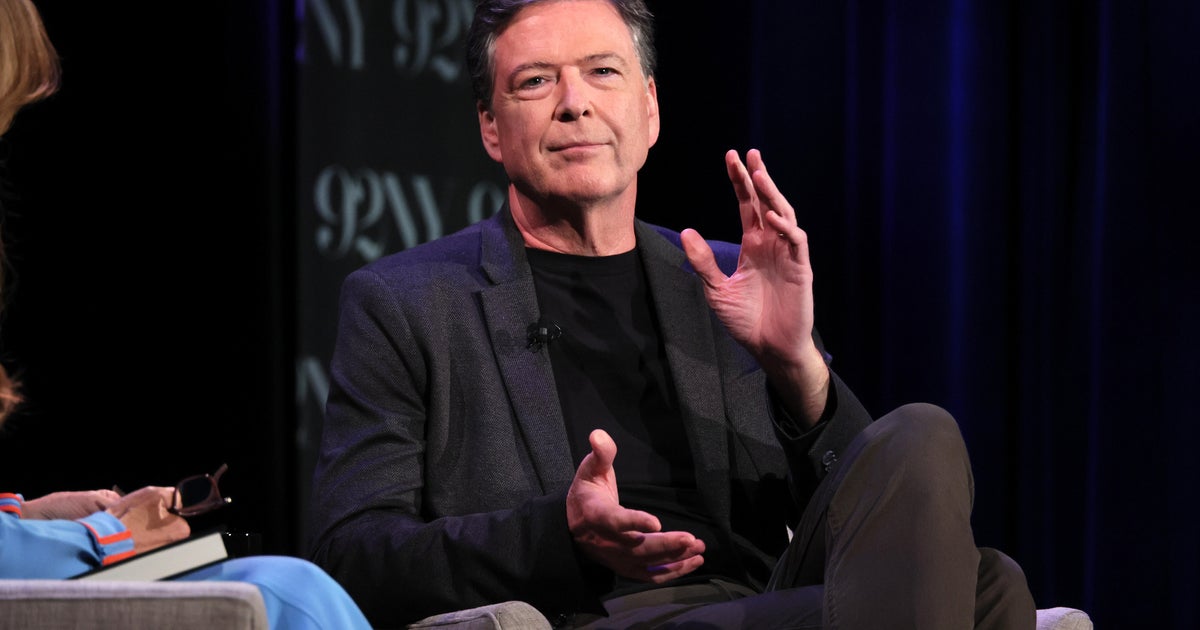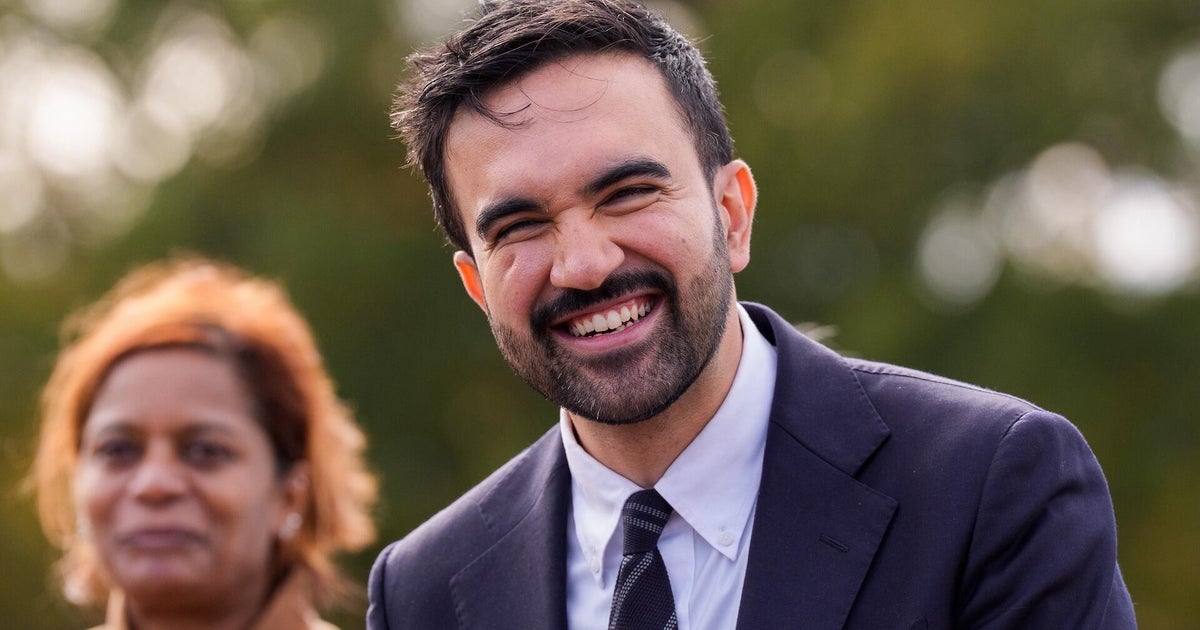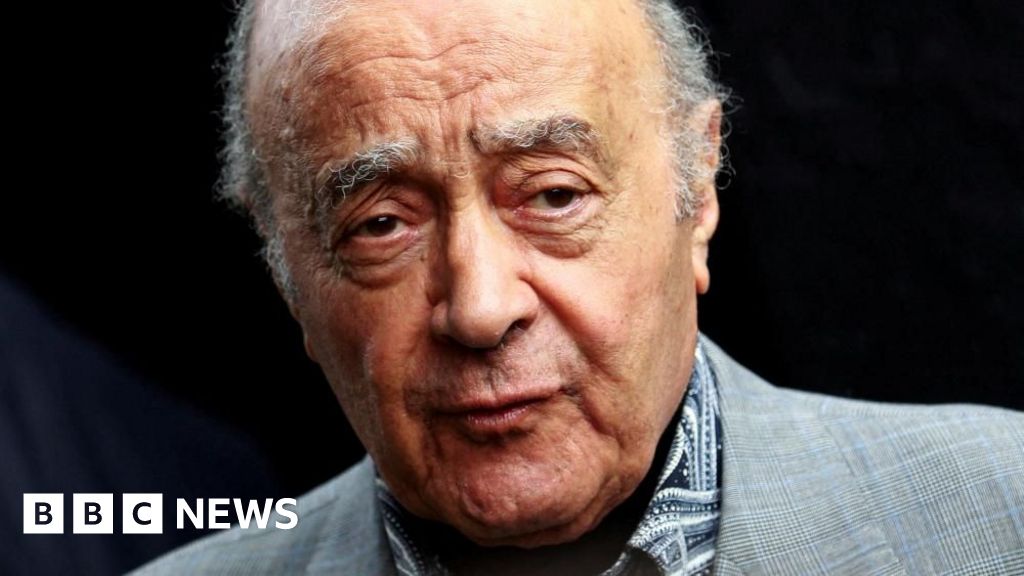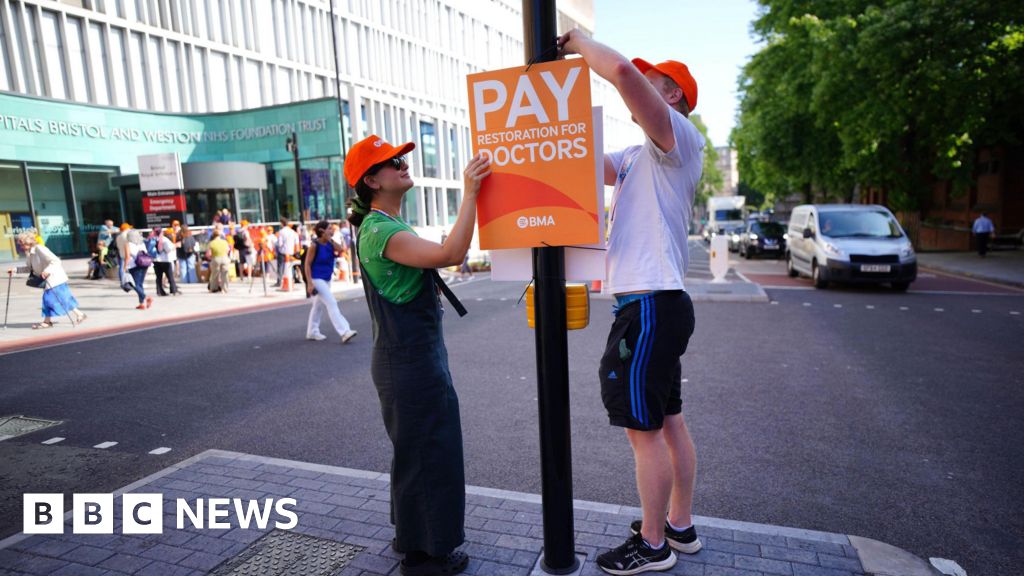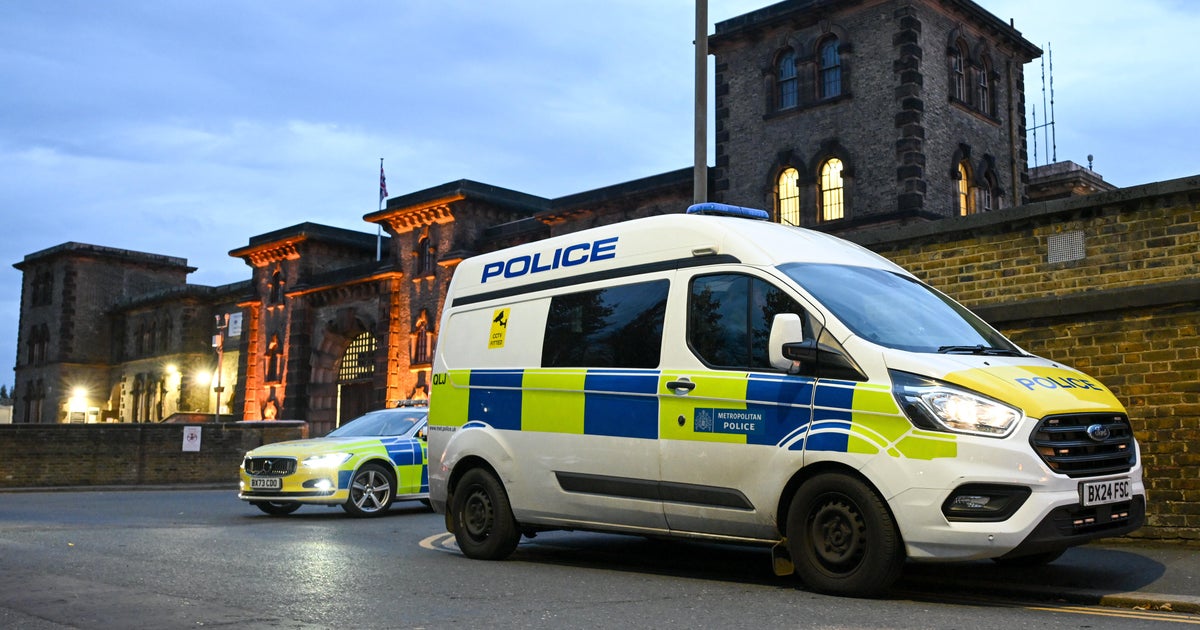If you live in Middle Park, Albert Park or Brighton, chances are your working week runs longer than that of most Melburnians.
A cluster of affluent bayside suburbs has been revealed as the city’s longest-working postcodes, and Middle Park leads the pack. Census analysis conducted by The Age reveals full-time workers living in this bayside suburb clock an average of 46 hours and 49 minutes a week – the longest in the city.
Not far behind are Albert Park (45 hours and 51 minutes) and Brighton (45 hours and 46 minutes) – rounding out a top three that could double as a list of Melbourne’s most sought-after postcodes.
Joining the list are the suburbs of Canterbury, Malvern, Black Rock, Park Orchards, Blairgowrie, Ivanhoe East and Toorak.
Middle Park is the only Melbourne suburb where the average working week for full-time residents tops 46 hours. Urban economist Terry Rawnsley says that is no coincidence.
“It’s those white-collar jobs where there’s no real opening or closing time,” he says.
“Those occupations where we’re seeing the longest hours, they’re really jobs where people can work as long as they possibly can. The ability to open that laptop and work away is part of the story for these white-collar jobs.”
That lack of boundaries extends across other professions commonly found in these postcodes, including law, medicine and senior management. When the most frequent occupation in your suburb is chief executive, as is the case in Middle Park, Albert Park, Toorak and Brighton, it’s hardly surprising the working week stretches well beyond standard hours.
Loading
According to Australian Bureau of Statistics (ABS) data, chief executives average 49.5 hours a week, ranking 72nd out of 920 jobs the ABS tracks for hours worked.
For Dallas Sather, principal lawyer and chief executive at Albert and Middle Park Lawyers, these long hours are all too familiar.
“Within my work, it doesn’t necessarily stop,” Sather says. “I’d probably estimate I work 50 to 60 hours a week … clients can be quite demanding, whether they have a problem at 6pm or 9pm, the feeling is if you don’t pick up the phone, someone else will.”
The 2021 census was conducted during one of Melbourne’s COVID-19 lockdowns, a timing that may have disproportionately affected data for certain sectors, particularly retail and hospitality.
But Sather, who is an Albert Park resident, says this period was one of the busiest he had worked through.
“When you were working from home all the time, you always felt that you were sort of at work. There was no real distinction between being at work and being at home,” he says.
Sather’s firm employs 45 staff across six offices, and while he loves his job, he admits technology has blurred the boundaries between home and work.
“One of the benefits of technology is the ability to work anywhere at any time, but it also means you’re always contactable,” he says. “So when I get home, I try to put the phone on do not disturb and be present with my three-year-old daughter.”

Dallas Sather lives in Albert Park and says some weeks he works for up to 60 hours.Credit: Joe Armao
Still, Sather says the long hours are worth it for the lifestyle it can afford him.
“For me, it’s very much if you do what you enjoy doing, you don’t necessarily feel like you’re working.” he says.
Most of the longest-working suburbs hug the inner city, but Park Orchards stands out as an outer-east exception. Rawnsley says its inclusion could point to a trend of professionals trading commute time for space and greenery.
What are the average full-time hours in your line of work? Type your job into the box below to find out. If you follow the prompts to our visual story you can also explore the average hours worked in your suburb.
While Melbourne’s elite suburbs top the metropolitan list, some regional Victorian communities record even longer average work weeks.
In Katunga and Kaniva, full-time residents work more than 48 hours a week, driven by the demands of farming. In Katunga, the biggest local industry is dairy farming; in Kaniva, it’s sheep and beef farming.
Across the state, there are 19 regional Victorian towns with more than 250 full-time workers where residents average 45 hours or more per week.
“There’s no opening time for a farm,” Rawnsley says. “Workers are up well before dawn, doing what they have to do, and working late into the night.”
Australian National University demographer Liz Allen says long working hours are best understood not as a badge of productivity, but as a reflection of economic access and inequality across geography.
“We live where we can afford,” Allen says.
“People who are receiving higher incomes will have greater access to larger spans of geography. So the choice is greater on a higher income.”
Allen cautions against reading the data as a measure of who works hardest.
“Just because you’re working longer hours doesn’t mean you’re typically receiving a higher income ... this is actually more a story about job type, and within that, industry and where someone is positioned,” she says.
In other words, people aren’t living in Melbourne’s longest-hour suburbs because of their jobs – it’s the jobs themselves that are granting access to those suburbs.
Still, the pattern is clear: the city’s longest working weeks are clustered in its most affluent postcodes, with outliers in farming communities where long hours are a way of life.
Get fascinating insights and explanations on the world’s most perplexing topics. Sign up for our weekly Explainer newsletter.
Most Viewed in National
Loading





